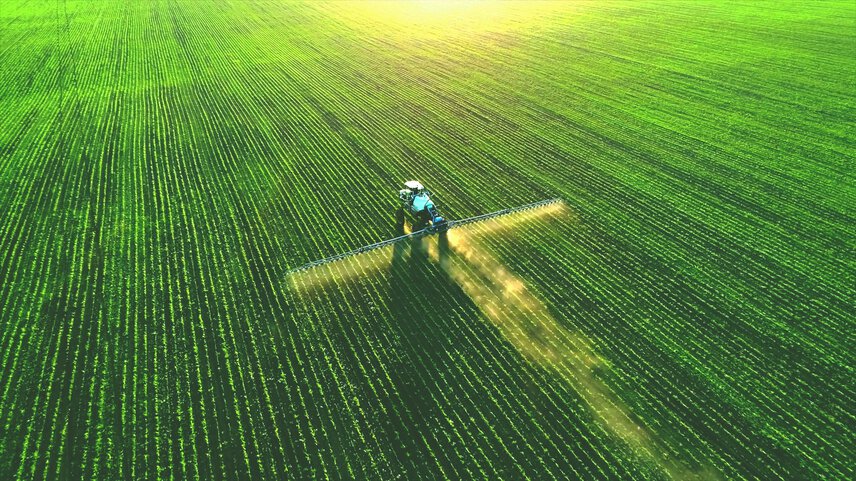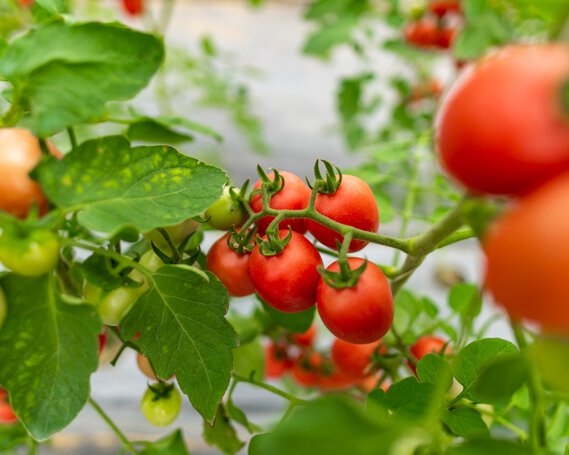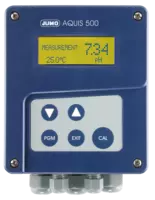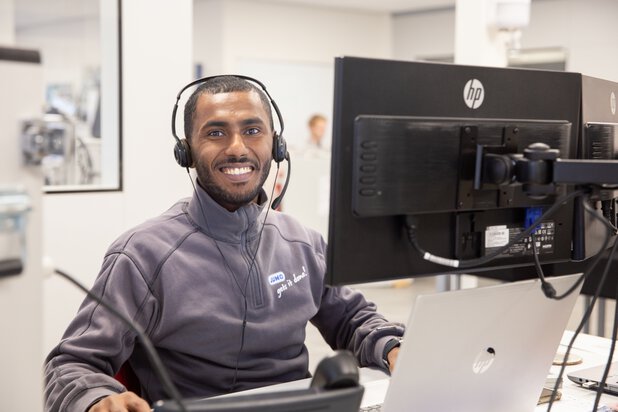

High-quality greenhouse farming requirers monitoring
Process water in greenhouse horticulture must meet strict requirements. From 2027, zero emissions will apply. The cooperation between technology sypplier Agrozone and JUMO is responding to this with all-round treatment systems based on ozone oxidation.
Regulation
Big challenges are coming. From 2027, greenhouse horticulture will have to circulate all process water. The aim of these European regulations, implemented in the Netherlands in the Activities Decree, is for horticulturists to stop discharging waste water. The rules stipulate that 95 per cent of crop protection agents must be removed from the water. The water must be treated in a purification plant approved by the Technical Assessment Committee for Glasshouse Horticulture (BZG). Companies must demonstrate, according to a measurement protocol, that they achieve this minimum required purification efficiency.
Cooperation
Agrozone has been cooperating with JUMO for some time. For example, the company's Aqualine plant incorporates measuring and control equipment for water quality analysis from JUMO as standard. For the required treatment yields and water quality, Agrozone has relied on JUMO's sensors and control technology for years.
Agrozone's basic technology is the so-called ozone generator. This technique provides purification based on oxidation with active oxygen. A sustainable alternative to chemical purifiers. After digging up tulip fields, for example, a lot of water is needed to wash the bulbs. Using ozone oxidation, the wastewater is successfully purified.
Defining instruments for water treatment are pH and redox sensors for measuring the acidity and oxidising capacity of water (read: the ability to break down pollution) respectively. Both sensors from JUMO have for some time been run in duplicate, for initial measurement and a control measurement.

Aqualine-1000 installation by Agrozone with JUMO Aquis 500 controller and pH and redox sensors at tomato grower (photo Agrozone)
Future
Analysis equipment is in full development. For example, the JUMO equipment on the treatment plant at Agrozone has a separate standalone housing. Because sensors need to be calibrated frequently, often even weekly, it has been made possible at Agrozone for calibration to take place in the analysis unit itself. Normally, the sensor would have to be taken out of the plant, a great advantage for the continuity of the purification process without costly process time losses.
Undisputed trend in plant control is Cloud/SCADA connectivity. To monitor all sensors, engineers are increasingly walking around the plant with tablet in hand. Following on from this, Single Pair Ethernet sensors are on the rise. This slimmer form of cabling for power and data transmission allows longer distances to be covered on the production site, without having to install amplifiers to improve the signal. A godsend for the often tens of metres long horticultural greenhouses.
JUMO offers various SPE sensors in its delivery programme and has extensive PLC control and automation solutions for (greenhouse) horticulture and other versatile applications.

Tomato harvest

Tomato cultivation
You need a partner who thinks along with you when solving problems in the field. We can rely on JUMO. In addition to technical support, the company has a range of measurement and control technology that covers the treatment efficiencies and water qualities required in horticulture. JUMO sensors are one of the most important components in our installation.
Project result
Water management is crucial. The risk of polluted water is high, especially when it is standing still for a long time. The Agrozone Aqualine is a customised system for water treatment based on ozone oxidation. With the integrated JUMO tecLine pH and redox sensors and the JUMO AQUIS 500 controller, the user has a reliable and precise system for versatile use within greenhouse horticulture.
- ${title}${badge}




